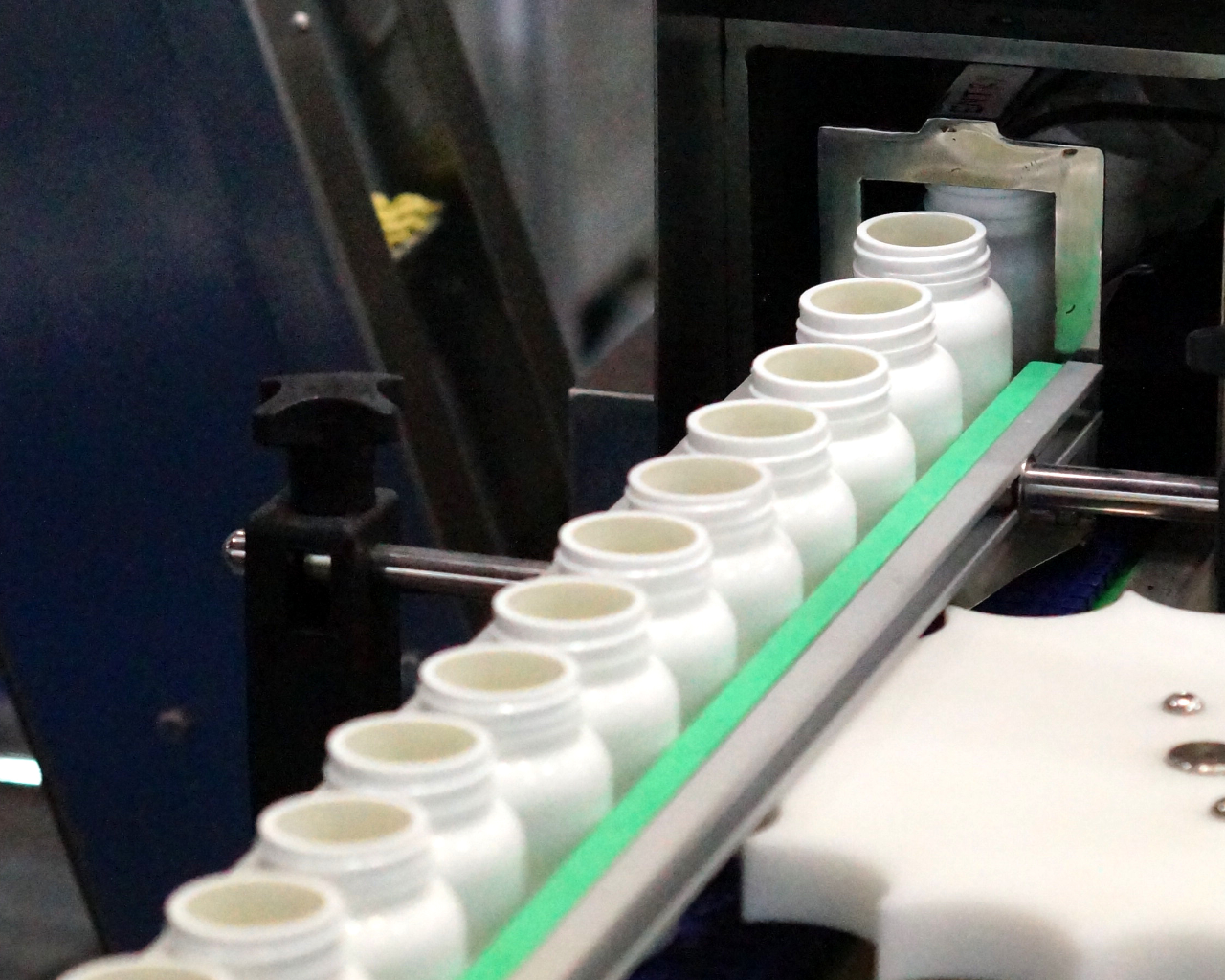19 Jun New Definition of Pharmaceutical Grade Plastic Packaging Materials
In the issue of Pharmacopeial Forum PF 49(2) the proposed modification of the current version of the chapter USP <1031> The Biocompatibility of Materials Used in Drug Containers, Medical Devices, and Implants was published.
Proposed Revision of <1031>
The Packaging and Distribution Expert Committee (PDEC) proposes the following revisions to update and expand the scope of the current chapter:
- Change the title to “The Biocompatibility of Pharmaceutical Packaging Systems and Their Materials of Construction“.
- Expand the scope of the chapter to encompass plastic materials of construction and plastic and elastomeric components for pharmaceutical packaging/delivery systems and for packaging of combination products.
- Add an overview of the USP classification of plastics, which identified six different classes of plastics (Classes I–VI). A review of the utilization of the classification system found that typically only the most stringent category (Class VI) was used by suppliers of plastic materials of construction and components, and pharmaceutical manufacturers. This classification system has been replaced by the term “pharmaceutical grade polymeric materials“, which is defined as materials that are in compliance with specific in vitro tests.
- Include the following significant additions:
- A risk-based approach to biocompatibility evaluation
- Assessment of test methods
- Chemical characterization as a key part of the overall safety assessment process
- Biological reactivity test failure analysis
- Overall biocompatibility evaluation
- Add sections for Glossary, Appendix, and References.
SOURCES:
The proposed USP General Chapter <1031> is available after registration to the Pharmacopeial Forum.





